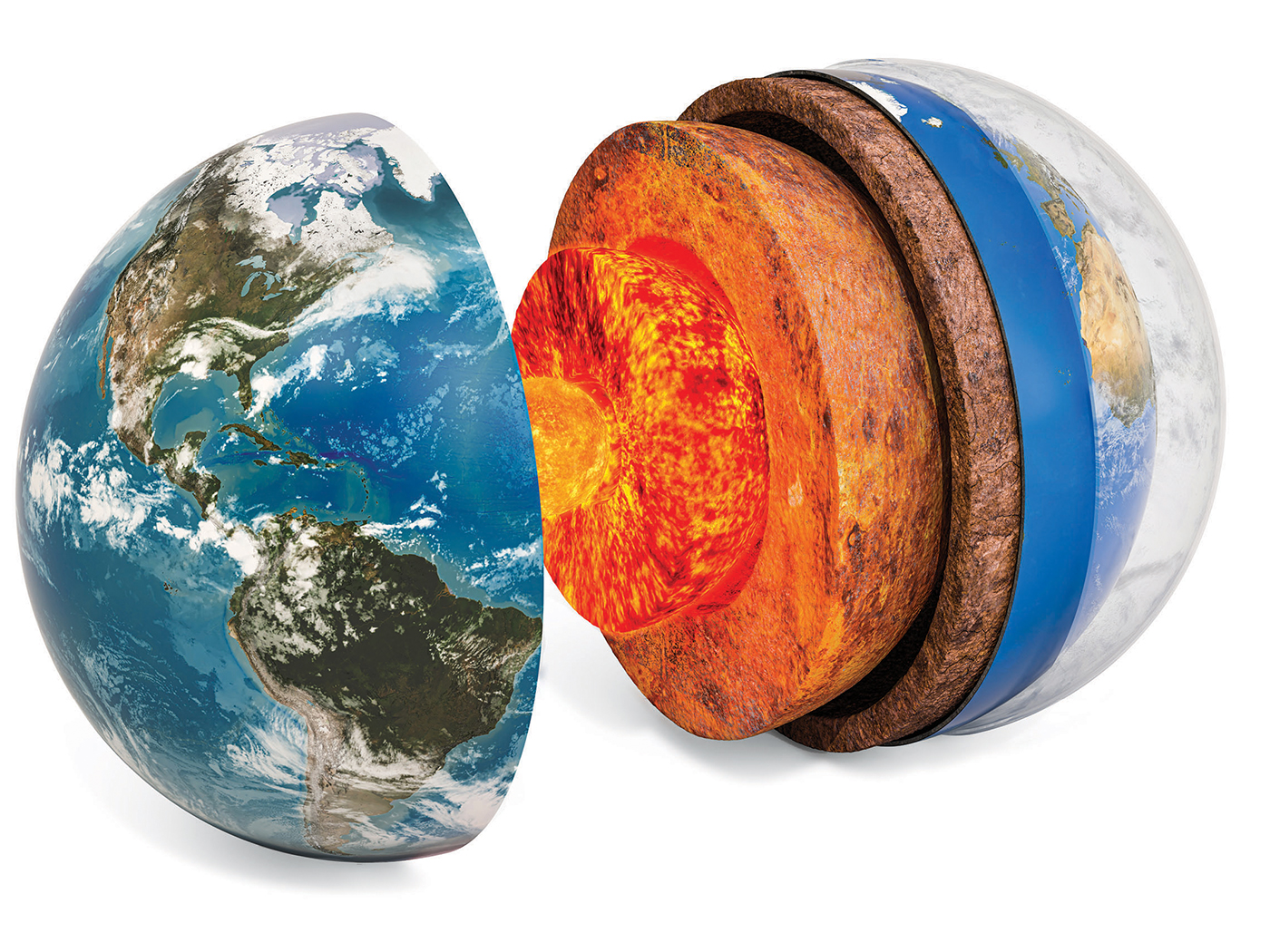This past summer the Institute for Creation Research was privileged to host the 2015 annual meeting of the Creation Research Society (CRS) in Dallas, Texas.1 I was among the ICR scientists who made technical presentations, one of which discussed my preliminary research findings on seafloor sediments, which secular scientists claim were deposited over hundreds of thousands of years. Obviously, such age assignments are incompatible with a straightforward reading of Genesis.
These vast ages for the sediments are generally not obtained by radioisotopic dating. This is because most radioisotope methods, which are used on volcanic rocks, are thought to yield the estimated time since a rock was in a molten state. Since the bulk of the deep seafloor sediments is composed of the remains of microscopic ocean organisms, radioisotope methods cannot generally be used to obtain the time at which a sedimentary layer was deposited.
There are exceptions, however. Since seafloor sediments contain carbon, radiocarbon dating can theoretically be used to obtain age estimates for the youngest, uppermost seafloor sediments. Likewise, secular scientists sometimes use another method to obtain age estimates for seafloor sediments thought to be fewer than 175,000 years old but too old to be dated by the radiocarbon method.2
Also, a radioisotope technique may be used to date a volcanic rock that records a reversal in Earth’s magnetic field. Because magnetic minerals within seafloor sediments tend to align with the direction of that field, a particularly long seafloor sediment core may contain a record of the most recent magnetic reversal. In that case, the age estimate obtained from volcanic rocks showing the reversal is then “transferred” to the sediment depth in that particular core at which the magnetic reversal occurred. This approach appears straightforward, but these methods have uniformitarian assumptions built into them that either implicitly or explicitly deny creation and a global flood.3,4
Because of the limitations of these dating methods, even within a uniformitarian framework, secular scientists often use the Milankovitch ice age hypothesis to assign ages to the seafloor sediments. This hypothesis claims that ice ages are caused by subtle changes in the seasonal and latitudinal distribution of sunlight, which in turn are caused by slow changes in Earth’s orbital and rotational motions over many tens of thousands of years.
Chemical clues within the seafloor sediments are thought to indicate times at which ice ages occurred, and approximate ages for these ice ages can be calculated from the Milankovitch hypothesis. Chemical variations within the seafloor sediments are then “orbitally tuned” in order to bring age estimates assigned to the sediments in line with the age expectations of the Milankovitch hypothesis.5
Of course, this method only works if the Milankovitch hypothesis is actually correct! Tuning data—actually adjusting figures—to line up with a given theory doesn’t prove the theory. For this reason, I have been intensely studying arguments for the Milankovitch ice age hypothesis, and some of my preliminary results were well received at this summer’s CRS meeting. More research remains before we can draw definitive conclusions, but I am making rapid progress and am quite excited about my findings. It’s my hope and prayer to soon have published results that will be of great encouragement to supporters of ICR, as well as to Bible-believing Christians everywhere.
References
- Lisle, J. 2015. Creation Research Society Meets at ICR. Acts & Facts. 44 (10): 14.
- Protactinium-231-thorium-230 dating. Encyclopedia Britannica. Posted on britannica.com, accessed September 10, 2015.
- Hebert, J. 2013. Rethinking Carbon-14 Dating: What Does It Really Tell Us about the Age of the Earth? Acts & Facts. 42 (4): 12-14.
- Thomas, B. and J. Morris. 2013. Doesn’t Radioisotope Dating Prove Rocks Are Millions of Years Old? Acts & Facts. 42 (2): 20.
- Hebert, J. 2014. Circular Reasoning in the Dating of Deep Seafloor Sediments and Ice Cores: The Orbital Tuning Method. Answers Research Journal. 7: 297-309.
* Dr. Hebert is Research Associate at the Institute for Creation Research and received his Ph.D. in physics from the University of Texas at Dallas.






















